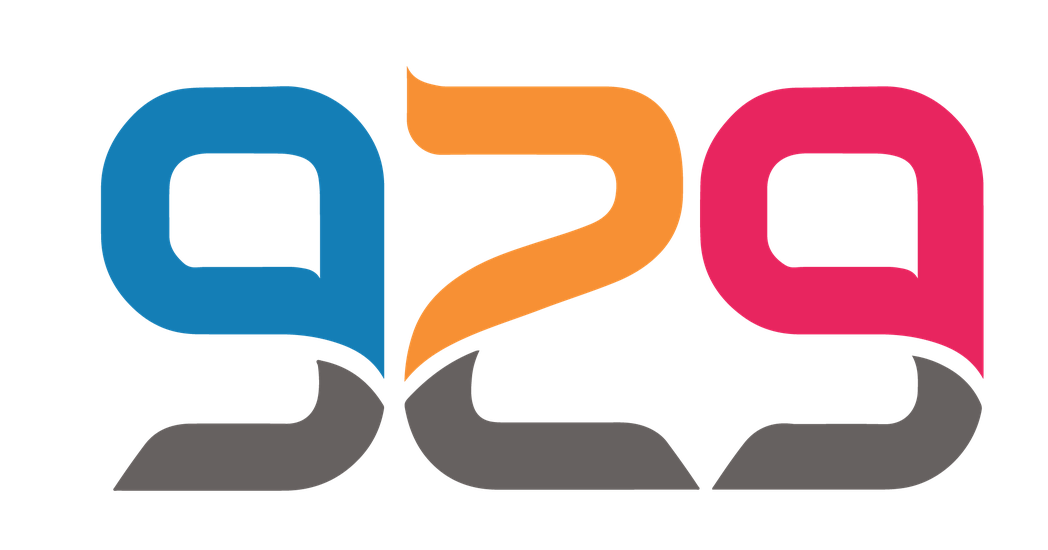
This sheet on Exodus 7 was written by Marc Brettler for 929 and can also be found here
In describing the blood plague, the end of Exodus 7 observes: “And all the Egyptians had to dig round about the Nile for drinking water, because they could not drink the water of the Nile” (Exodus 7:24). This suggests that the Egyptians’ thirst was slaked by drinking this non-Nile water. But how can this be, for Exodus 7:21 states, “there was blood throughout the land of Egypt”! Similarly, vv. 17b-18 suggests a localized plague, affecting the Nile only (“…the Nile … will be turned into blood and the fish in the Nile will die. The Nile will stink so that the Egyptians will find it impossible to drink the water of the Nile”), while v. 19 implies that blood will plague all of Egypt (“the waters of Egypt—its rivers, its canals [Hebrew: Niles], its ponds, all its bodies of water”).
A closer reading brings out other contradictions in this unit:
1. Is the Nile, singular, afflicted (e.g. v. 18) or the Niles (v. 19)?
2. Who initiates the plague—Moses (e.g. v. 17) or Aaron (e.g. v. 19)?
3. Is the staff used for striking (e.g. v. 17) or is it merely held, while the outstretched hand initiates the plague (v. 19)?
4. And what is the plague—blood (e.g. v. 19) or stinking fish caused by the bloody Nile (e.g. v. 18)?
Taken together, these problems suggest that two stories have been combined here: in one, Aaron stretches out his hand, causing blood throughout the land, while in the other Moses’s staff causes dead fish to contaminate the Nile only. (For more details see: https://thetorah.com/source-criticism-its-in-the-plague-of-blood/.) These stories have been redacted or compiled together by a conservative editor. As readers, we naturally gloss over these differences, making the story cohere, though once pointed out, this chapter’s duplications and contradictions become blatant. By preserving both stories, the Torah’s redactor offers a pre-rabbinic example of the famous dictum elu ve-elu divrei elohim chayyim—both opinions are the word of the powerful God (b. Eruvin 13b).
This is one of many such cases in the Torah where source criticism, the theory that the Torah was composed from distinct pre-existing documents (“sources”), powerfully explains some basic problems in the Torah text. Genesis 1-3 similarly preserves two contradictory creation stories, though these are presented sequentially rather than intertwined. Such inclusive compromises offer an important model for us today.
A closer reading brings out other contradictions in this unit:
1. Is the Nile, singular, afflicted (e.g. v. 18) or the Niles (v. 19)?
2. Who initiates the plague—Moses (e.g. v. 17) or Aaron (e.g. v. 19)?
3. Is the staff used for striking (e.g. v. 17) or is it merely held, while the outstretched hand initiates the plague (v. 19)?
4. And what is the plague—blood (e.g. v. 19) or stinking fish caused by the bloody Nile (e.g. v. 18)?
Taken together, these problems suggest that two stories have been combined here: in one, Aaron stretches out his hand, causing blood throughout the land, while in the other Moses’s staff causes dead fish to contaminate the Nile only. (For more details see: https://thetorah.com/source-criticism-its-in-the-plague-of-blood/.) These stories have been redacted or compiled together by a conservative editor. As readers, we naturally gloss over these differences, making the story cohere, though once pointed out, this chapter’s duplications and contradictions become blatant. By preserving both stories, the Torah’s redactor offers a pre-rabbinic example of the famous dictum elu ve-elu divrei elohim chayyim—both opinions are the word of the powerful God (b. Eruvin 13b).
This is one of many such cases in the Torah where source criticism, the theory that the Torah was composed from distinct pre-existing documents (“sources”), powerfully explains some basic problems in the Torah text. Genesis 1-3 similarly preserves two contradictory creation stories, though these are presented sequentially rather than intertwined. Such inclusive compromises offer an important model for us today.
Marc Brettler is the Bernice and Morton Lerner Professor of Jewish Studies in the Department of Religious Studies at Duke University.
929 is the number of chapters in the Tanakh, the Hebrew Bible, the formative text of the Jewish heritage. It is also the name of a cutting-edge project dedicated to creating a global Jewish conversation anchored in the Hebrew Bible. 929 English invites Jews everywhere to read and study Tanakh, one chapter a day, Sunday through Thursday together with a website with creative readings and pluralistic interpretations, including audio and video, by a wide range of writers, artists, rabbis, educators, scholars, students and more. As an outgrowth of the web-based platform, 929 English also offers classes, pop-up lectures, events and across North America. We invite you to learn along with us and be part of our dynamic community.
To join 929's listserv for new and dynamic content each week click here
To join 929's listserv for new and dynamic content each week click here





